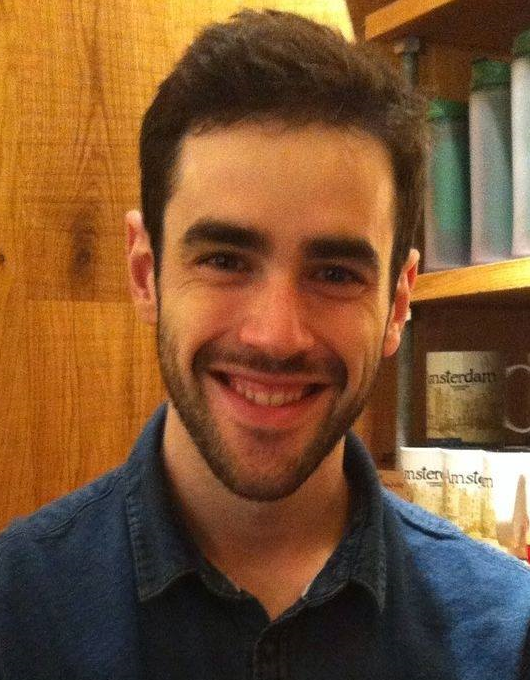
Albert Grau Carbonell MSc
Leonard S. Ornstein Laboratory, room 0.56
Princetonplein 1, 3584 CC Utrecht
P.O. Box 80 000, 3508 TA Utrecht
The Netherlands
phone: +31 (0)30 253 2320
secretariat: +31 (0)30 253 2952
e-mail: a.graucarbonell@uu.nl
Research
Supervisor: Dr. ir. Marijn van Huis
Promotor: Prof. dr. Alfons van Blaaderen
Funding: ERC
Employed: 1 September 2017 – 31 August 2021
In-situ study on cation exchange reactions in heterogeneous nanocrystals
Semiconductor particles are at the very core of many recent technological advances, and thereby understanding the chemical mechanisms underlying their formation is of critical importance. Their relevance relies, among other properties, on the relatively easy band gap and quantum yield tunability. To optimize the last, core shell configurations are typically synthesized. Cation exchange whereby is a very successful method to create core-shell configurations. Furthermore, cation exchange processes allow the access to crystal structures and morphologies that otherwise cannot be synthesized.
In general, both the tuning of the chemical and physical properties and the self-assembly of nanocrystals take place in a liquid environment. Moreover, to investigate the structure and shape of many nanoparticles, electron microscopy (EM) is typically required. Liquid Cell Transmission Electron Microscopy (LC-TEM) is a very powerful technique as it allows the use of classical (S)TEM strategies while confining the nanoparticles in a thin layer of liquid. Up to date, all cation exchange experiments have been performed either ex-situ whereby only the final result or distinct stages of the process are examined in the TEM, or with in-situ TEM (in vacuum, Figure 1). Observing cation exchange reactions taking place in real time and under real synthesis (liquid) conditions, would constitute a milestone in the research on cation exchange, and could result in a better understanding of the dynamics of this process.
The focus of this research is the observation of cation exchange processes in a LC-TEM setup, the optimization of such technique and the understanding of the underlying chemistry (exchange rates and mechanisms).
Figure 1: In-situ STEM observation of cation exchange in PbSe-CdSe dumbells. PbSe shows a higher contrast than CdSe [1].
[1] Anil OY et al., NANOLetters 14, 3661-3667 (2014)

